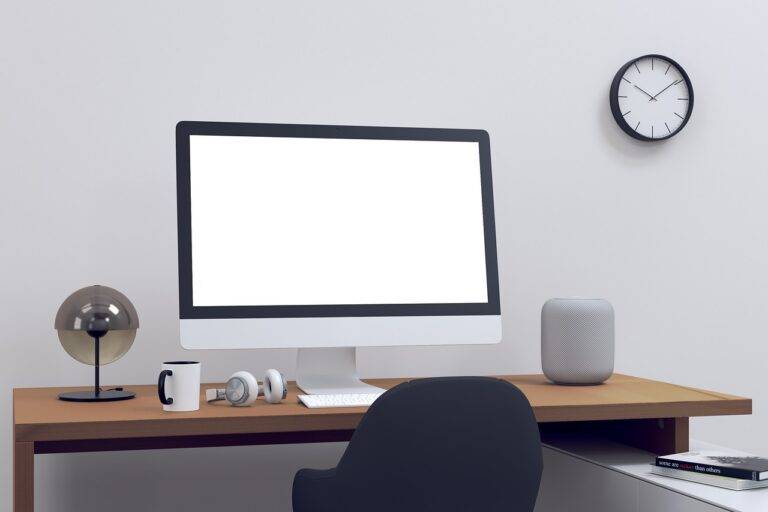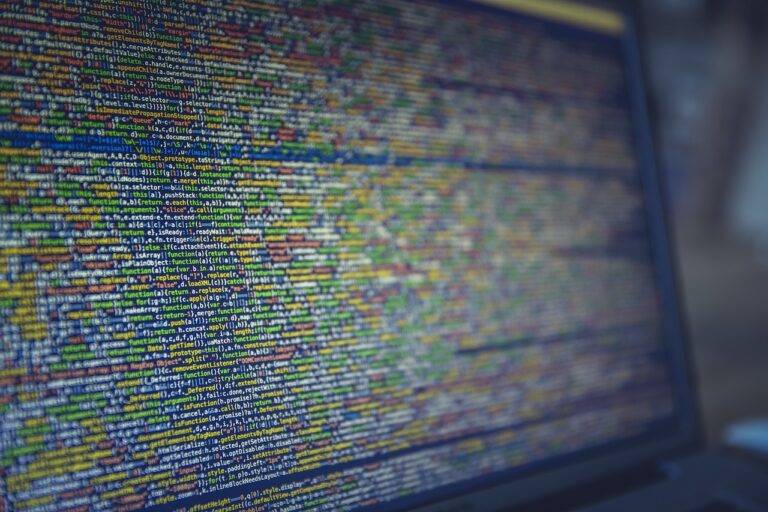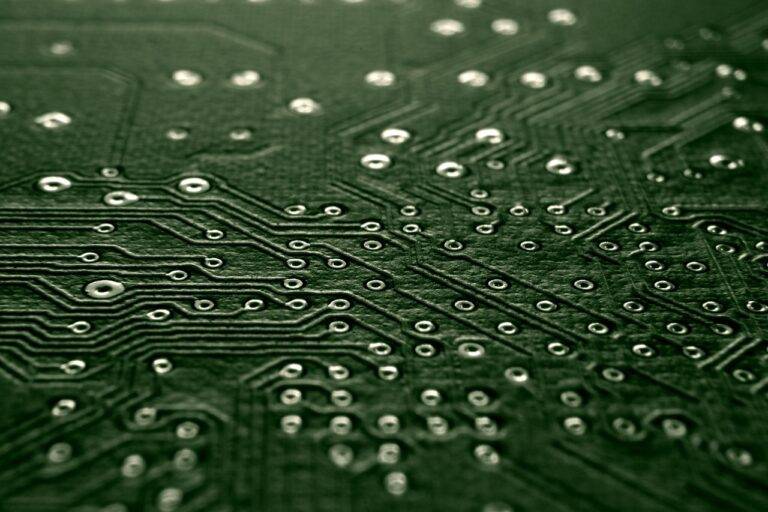The Impact of 3D Printing on Various Industries
3D printing, also known as additive manufacturing, has emerged as a revolutionary technology with the potential to transform industries across the globe. From manufacturing and healthcare to aerospace and automotive, 3D printing is reshaping the way products are designed, prototyped, and produced. With its ability to create complex geometries, reduce lead times, and lower costs, 3D printing is unlocking new possibilities and driving innovation in a wide range of industries.
The Evolution of 3D Printing
3D printing has its roots in the 1980s, when the first additive manufacturing technologies were developed for rapid prototyping in the automotive and aerospace industries. Since then, 3D printing has evolved rapidly, with advancements in materials, processes, and software driving its adoption across various sectors.
Today, 3D printing technologies encompass a range of processes, including fused deposition modeling (FDM), stereolithography (SLA), selective laser sintering (SLS), and digital light processing (DLP), among others. These technologies enable the creation of complex and customized parts and products with precision and efficiency.
Applications of 3D Printing
3D printing has applications across a wide range of industries, including:
-
Manufacturing: In the manufacturing industry, 3D printing is used for rapid prototyping, tooling, and direct production of end-use parts. With 3D printing, manufacturers can iterate designs quickly, reduce lead times, and produce customized components on demand.
-
Healthcare: In healthcare, 3D printing is used for medical device prototyping, patient-specific implants, and anatomical models for surgical planning. 3D-printed prosthetics, orthotics, and dental appliances are also becoming increasingly common.
-
Aerospace: In the aerospace industry, 3D printing is used for lightweight structural components, complex engine parts, and custom tooling. The ability to produce lightweight, high-strength parts with intricate geometries is driving adoption of 3D printing in aerospace manufacturing.
-
Automotive: In the automotive industry, 3D printing is used for prototyping, tooling, and low-volume production of parts. Automakers are using 3D printing to reduce costs, improve design flexibility, and accelerate time to market.
-
Architecture and Construction: In architecture and construction, 3D printing is used for rapid prototyping of building components, construction tooling, and even full-scale building structures. The ability to create complex, customized shapes with minimal material waste is driving interest in 3D printing for construction applications.
The Benefits of 3D Printing
3D printing offers numerous benefits for industries and businesses:
-
Design Freedom: 3D printing enables the creation of complex geometries and intricate designs that are difficult or impossible to achieve with traditional manufacturing methods.
-
Cost Savings: By reducing material waste, streamlining supply chains, and eliminating the need for expensive tooling, 3D printing can lead to significant cost savings for businesses.
-
Customization: 3D printing allows for mass customization, enabling products to be tailored to individual customer needs and preferences.
-
Speed and Agility: With 3D printing, products can be designed, prototyped, and produced quickly, reducing time to market and enabling faster innovation cycles.
-
Sustainability: 3D printing can reduce environmental impact by minimizing material waste, energy consumption, and transportation emissions associated with traditional manufacturing processes.
Challenges and Considerations
Despite its many benefits, 3D printing also presents challenges and considerations:
-
Materials Limitations: While the range of materials available for 3D printing is expanding, certain materials and properties may be challenging to achieve with current technologies.
-
Quality and Consistency: Ensuring quality and consistency in 3D-printed parts can be challenging, particularly for complex geometries and high-performance applications.
-
Intellectual Property: The ease of digital file sharing and replication raises concerns about intellectual property protection and unauthorized copying of designs.
-
Regulatory Compliance: In regulated industries such as healthcare and aerospace, ensuring compliance with industry standards and regulations is essential for safety and reliability.
Conclusion
3D printing is revolutionizing industries and reshaping the future of manufacturing. With its ability to create complex, customized parts and products with speed, efficiency, and precision, 3D printing is unlocking new possibilities and driving innovation across various sectors. While challenges and considerations remain, the potential of 3D printing to transform industries and solve real-world problems is undeniable, making it a technology to watch in the years to come.
FAQs
Q: What is 3D printing?
A: 3D printing, also known as additive manufacturing, is a process of creating three-dimensional objects layer by layer from digital models or CAD (computer-aided design) files.
Q: What are some applications of 3D printing?
A: Some applications of 3D printing include manufacturing, healthcare, aerospace, automotive, architecture, and construction.
Q: What are some benefits of 3D printing?
A: Some benefits of 3D printing include design freedom, cost savings, customization, speed and agility, and sustainability.
Q: What are some challenges associated with 3D printing?
A: Some challenges associated with 3D printing include materials limitations, quality and consistency issues, intellectual property concerns, and regulatory compliance requirements.
As 3D printing continues to evolve and mature, we can expect to see even greater adoption and innovation in industries around the world, as businesses harness the power of this transformative technology to drive growth, efficiency, and competitiveness.





